Dear @s colleagues and friends @s,
A dear colleague shares with us this article published on July 8, 2024 in the research news section of the Web portal of the Vienna University of Technology (TU-WIEN) and translated by us for this space. Let's see what it's all about...
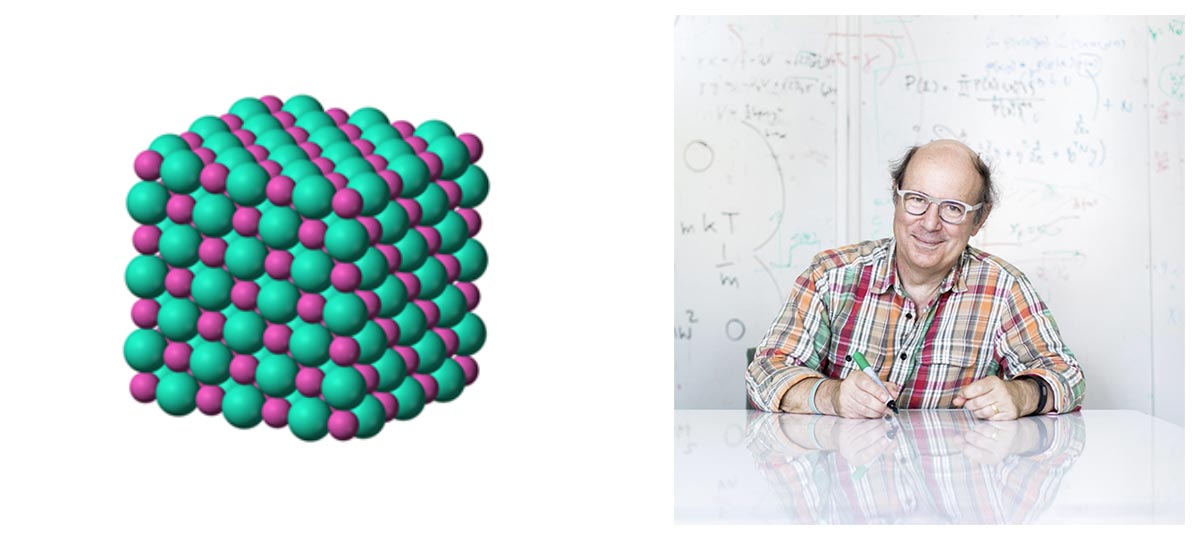
A crystal is an arrangement of atoms that is repeated in space, at regular intervals: at every point, the crystal appears exactly the same.
In 2012, the Nobel Prize Frank Wilczek posed the question: could there also be a time crystal, an object that is repeated not in space but in time? And could it be possible for a periodic rhythm to emerge, even though no specific rhythm is imposed on the system and the interaction between particles is completely independent of time?
For years, Frank Wilczek's idea has caused a lot of controversy. Some considered that time crystals were initially impossible, while others tried to find loopholes in the concept and make time crystals under certain special conditions.
Now, a particularly spectacular type of time crystal has been successfully created in Tsinghua University in China, with the support of TU Wien in Austria.
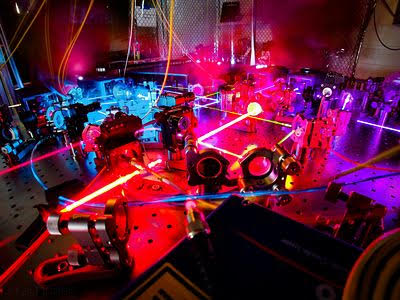
The team used laser light and special types of atoms, specifically Rydberg atoms, with a diameter several hundred times larger than normal. The results have been published in the journal Nature Physics.
Spontaneous rupture of symmetry
The ticking of a clock is also an example of a temporarily periodic movement. However, this doesn't happen by itself: someone must have wound up the clock and started it at a certain time. This onset time determined the timing of the tics. It's different with a time crystal:
According to Wilczek's idea, a periodicity should arise spontaneously, although in reality there is no physical difference between different moments in time.
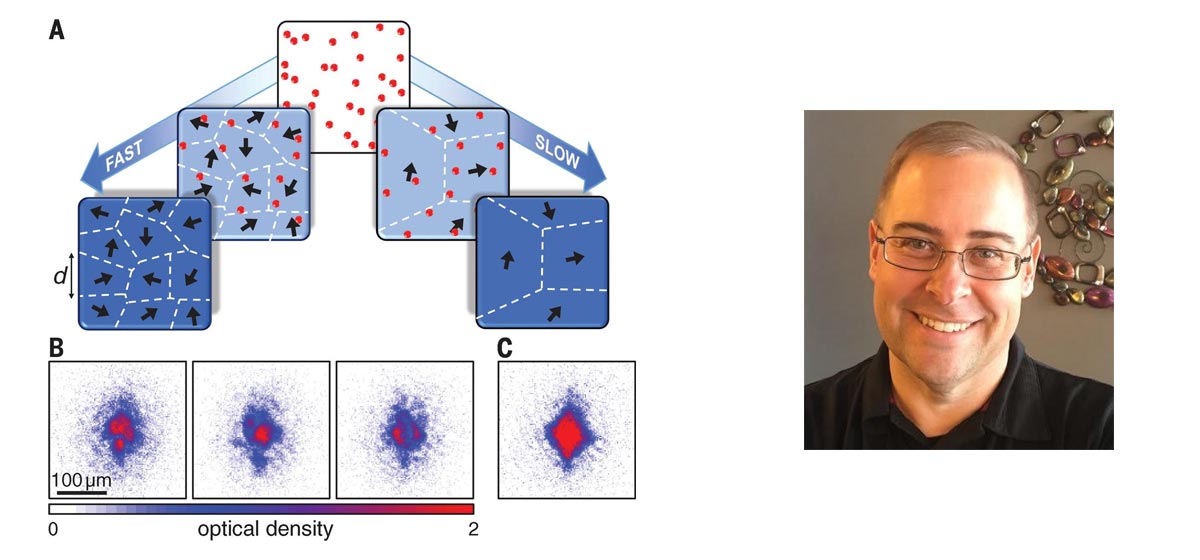
“The frequency of tics is predetermined by the physical properties of the system, but the moments in which they occur are completely random; this is known as a spontaneous rupture of symmetry,” explains the professor Thomas Pohl of the Institute for Theoretical Physics at TU Wien.
Pohl was in charge of the theoretical part of the research work that led to the discovery of a time crystal at Tsinghua University in China: a glass container filled with a gas of rubidium atoms was illuminated with laser light. The intensity of the light signal reaching the other end of the container was measured.
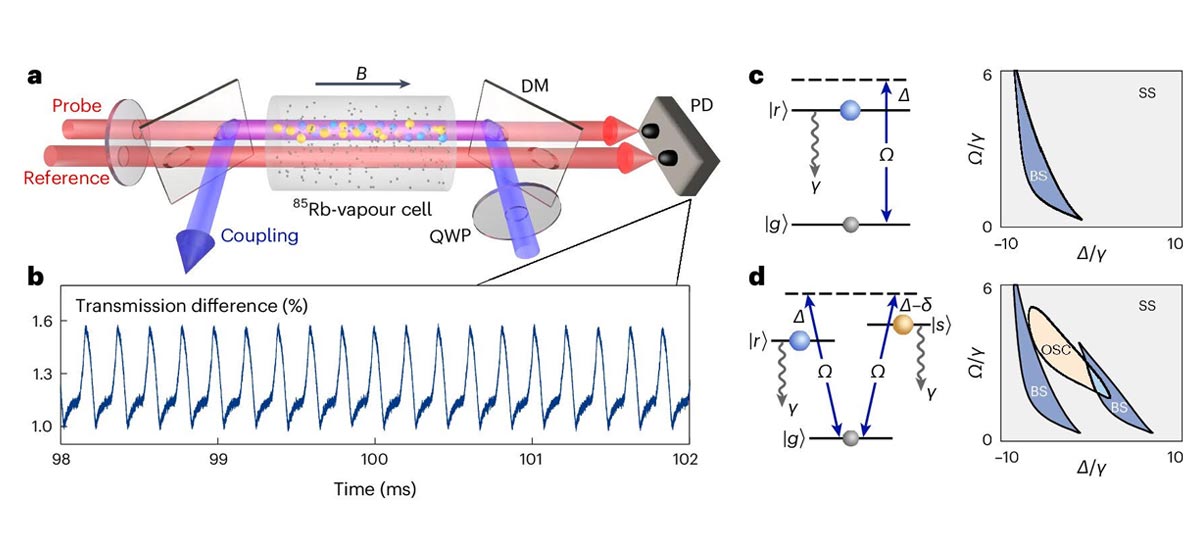
“It's actually a static experiment in which no specific rhythm is imposed on the system,” Pohl says. “The interactions between light and atoms are always the same, the laser beam has a constant intensity. But surprisingly, it turned out that the intensity that reaches the other end of the glass cell begins to oscillate in very regular patterns.”
Giant atoms
The key to the experiment was to prepare atoms in a special way: an atom's electrons can orbit the nucleus in different paths, depending on how much energy they have. If energy is added to the outermost electron of an atom, its distance from the atomic nucleus can become very large.
In extreme cases, it may be several hundred times farther from the core than usual. In this way, atoms with a giant electronic shell are created: the so-called Rydberg atoms.
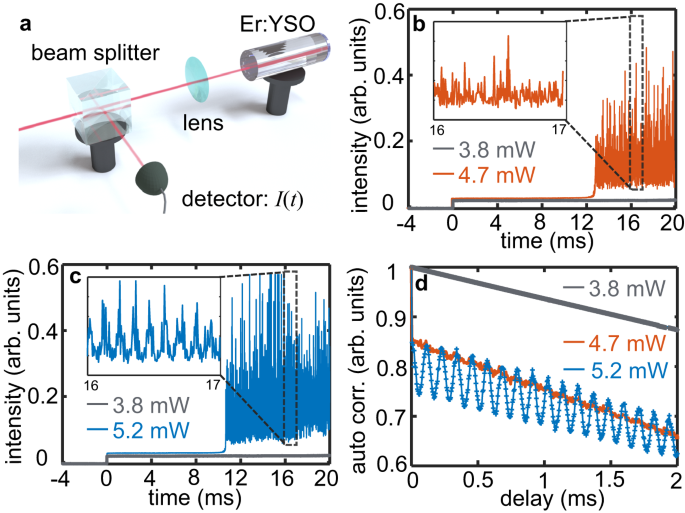
“If the atoms in our glass container are prepared in Rydberg states and their diameter becomes enormous, the forces between these atoms also become very large,” Pohl explains.
“And that in turn changes the way they interact with the laser. If you choose laser light in such a way that it can excite two different Rydberg states in each atom at the same time, then a feedback circuit is generated that causes spontaneous oscillations between the two atomic states, this in turn also leads to an absorption of oscillating light.”
On their own, the giant atoms mark a regular beat, and this beat translates into the rhythm of the intensity of the light that reaches the end of the glass container.
“We have created a new system here that provides a powerful platform to deepen our understanding of the time crystal phenomenon in a way that is very close to Frank Wilczek's original idea,” Pohl says.
“For the sensors, precise and self-sustained oscillations could be used, for example. Giant atoms with Rydberg states have already been used successfully for this type of technique in other contexts.”

